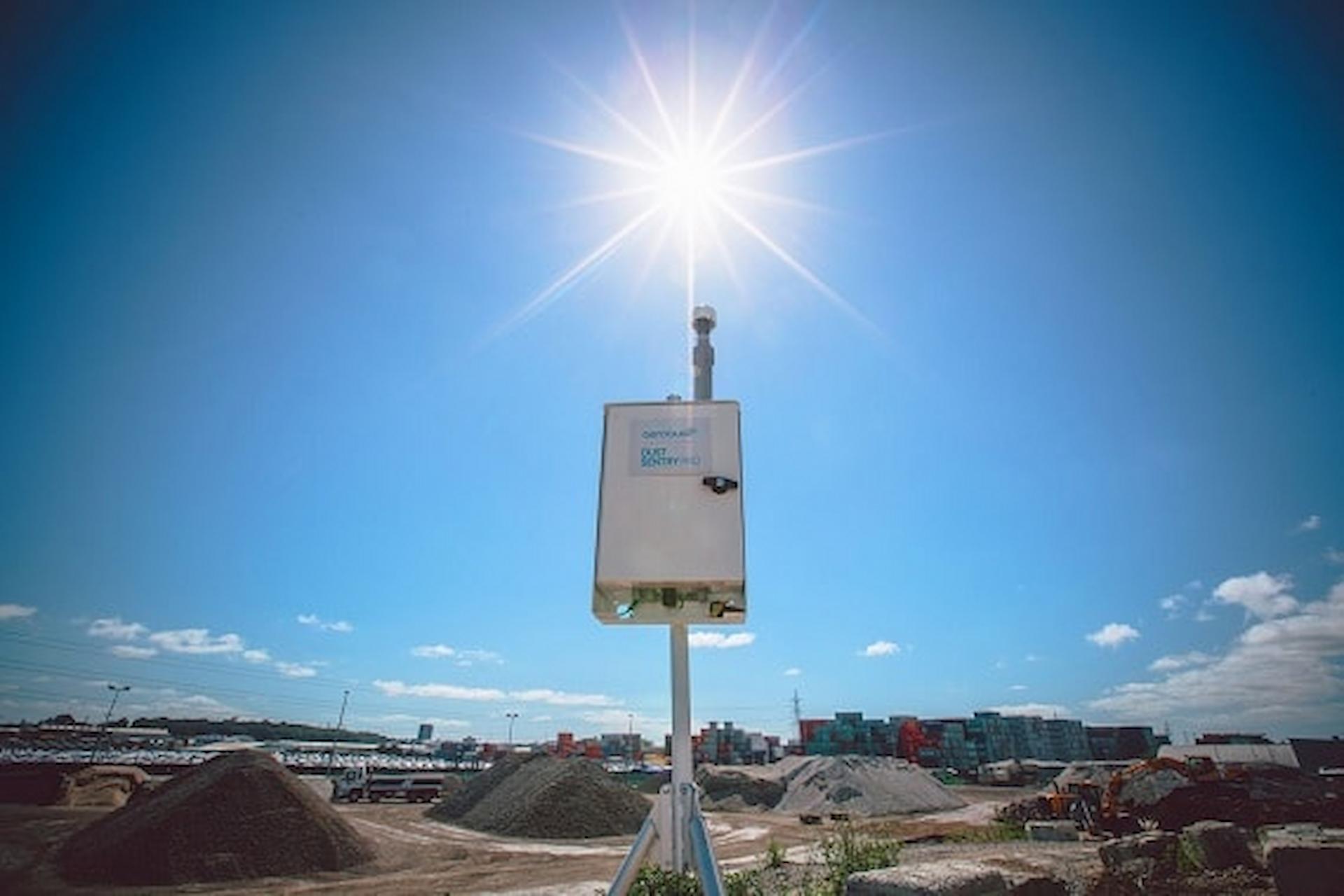
What do you mean by monitoring dust service? It is defined as the process of detecting, assessing and controlling the particulate matter. It is the mixture of solid particles and liquid droplets which are present in the air. The particulate matter varies in sizes and concentration. There are various safety technologies and equipment that are specially designed for monitoring the content of particulate matter according to varying degrees of accuracy and depth. The latest dust monitors include the Air XD that are primarily used to provide in-depth detail of particulate matter present in the air which are potential hazardous elements.
Why Do We Need To Monitor Dust?
The process of dust monitoring is not a compulsory process just because it has been made mandatory in compliance with the law. An effective process ensures to majorly reduce the risk of illness and save people from various health issues. This process also guarantees you to financially future-proof your businesses by employing more effective and efficient dust control methods. It ensures that you are protected against potential litigation claims, it minimises any kind of product loss through leakages and increased productivity to name the few reasons why monitoring of dust is needed.
Dangers Of Dust Inhalation
It has been proven that respirable dust is considered as the invisible killer that is ignored by everyone. It shows that each particle size has serious side-effects on the human body. The long-term exposure of respirable particulates (that are <2µm) are considered to be the most dangerous respirable particulates leading to various life-threatening diseases like silicosis, Black Lung Disease and lung cancers.
Advantages Of Effective Monitoring Of Dust?
- Real-time air quality assessment
- Identification of heavy dust generating areas
- Dust control program strategy and plans around the area
- Implementation of dust mitigation measures
The industrial operators are known to be experiencing prolonged exposure to the fine dust particles that are generated by construction projects that are potentially hazardous to human health, leading to life-threatening lung and heart diseases. In order to prevent these harmful effects of dust, the operators are suggested to measure the concentration of airborne pollutants and particulate matter to ensure that the pollutant levels are maintained within the required concentrations with the process of dust monitoring.
The most important step to prevent such diseases, the operators are required to employ an air quality monitoring program and determine the most appropriate equipment and tools to be used for monitoring dust. This should be done while maintaining an optimal balance between accuracy and cost. The data collected from the real-life instrument has been proven to be quite accurate. The data that are provided are of short intervals, thus, facilitating immediate response to high dust events. These effective monitoring methods are relatively inexpensive to purchase and operate with minimum hands-on time and maintenance.







